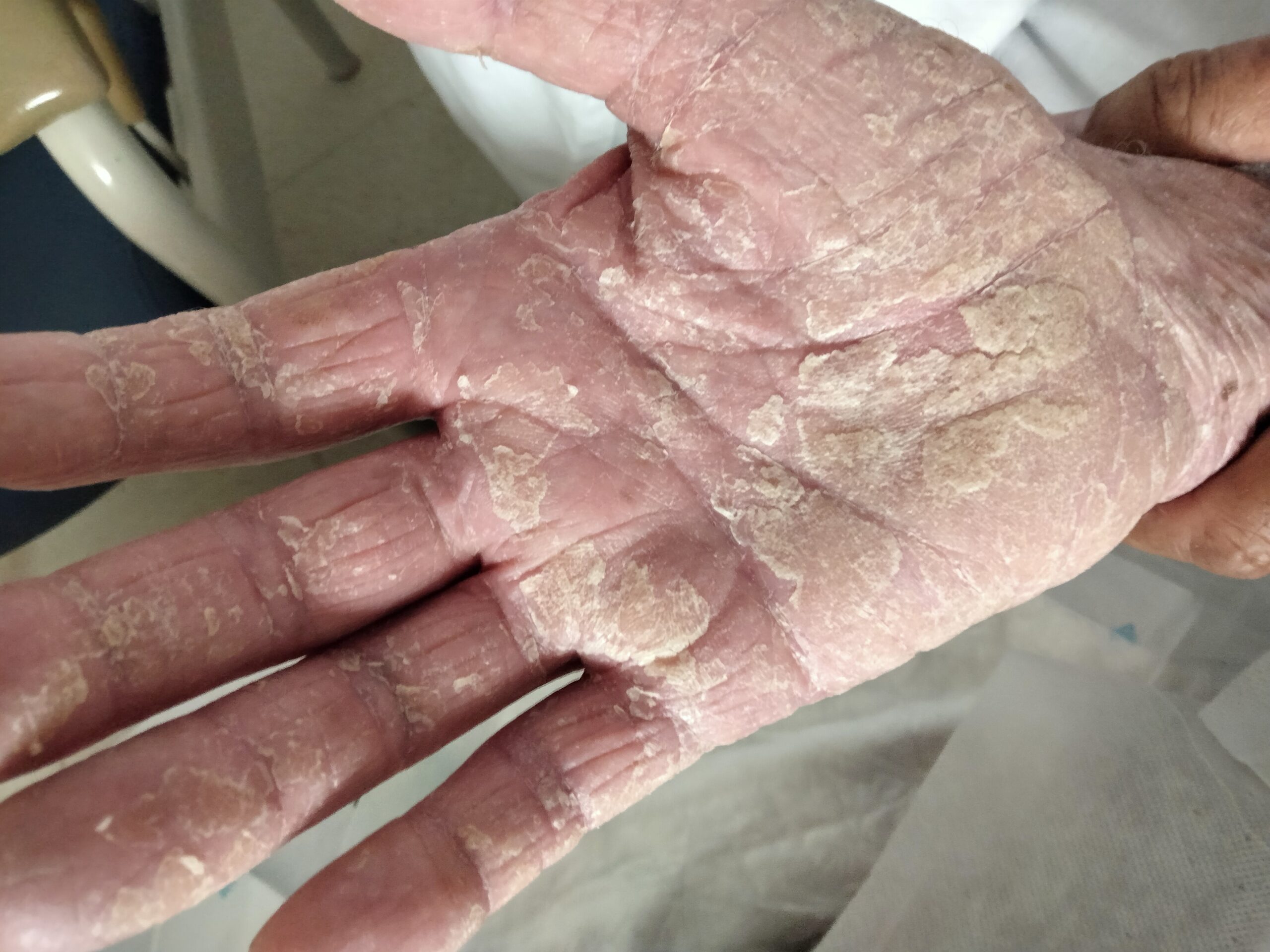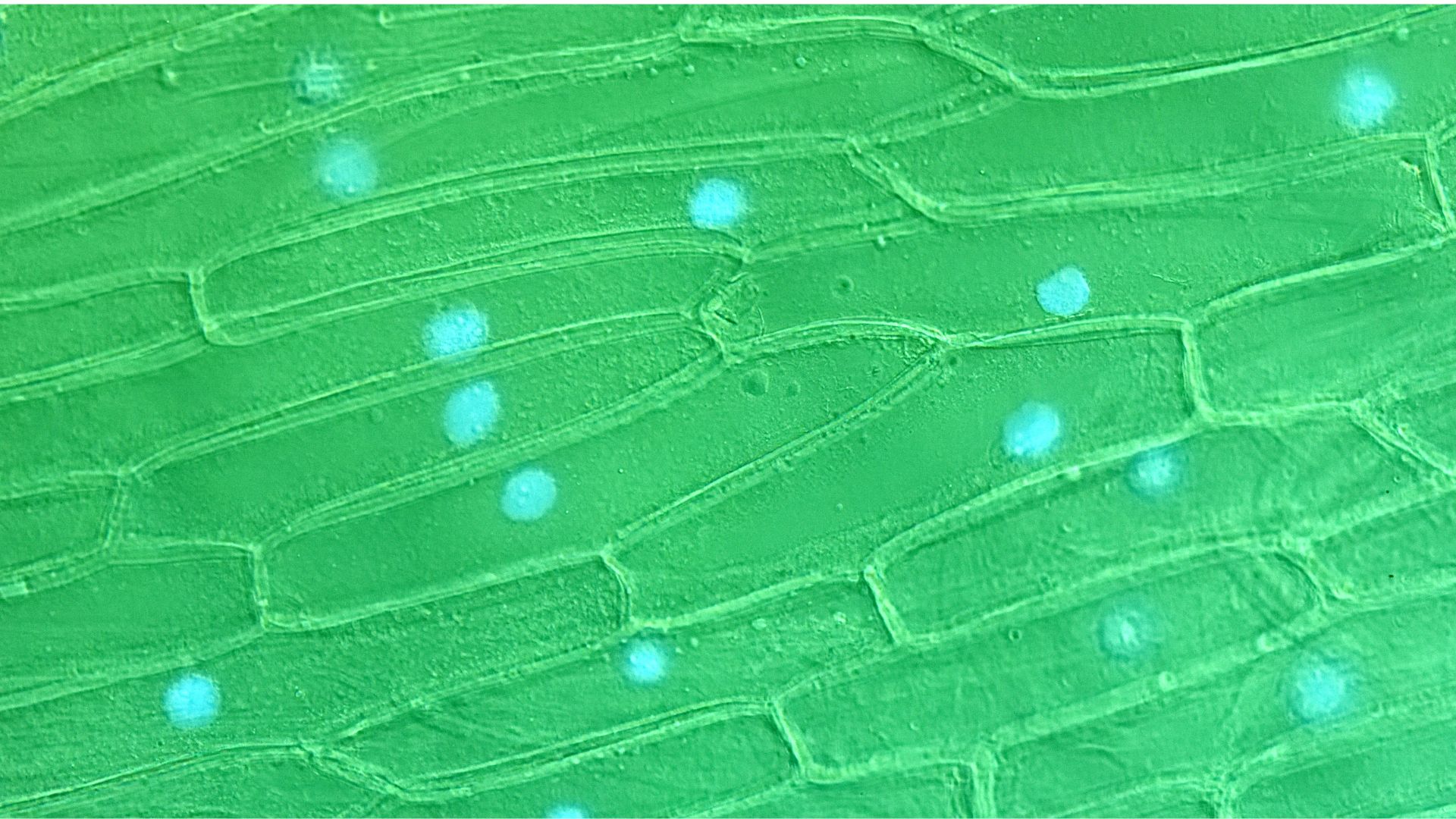Skin lesions are always a challenge for a correct diagnosis
Clinical summary
A 54-year-old man, without a previous disease, started with a generalized red skin, sparing the face and the genital area. He was a construction worker with multiple contact with chemical substances. Initially, he had a diagnosis of Psoriasis erytrhodermic and eczema, receiving several treatments. The detection of an abnormal increase in the lymphocyte values was the first step to change the first
diagnostic orientation. There was a significant increase in CD4+ cells , and also a TCR clonality in blood.
Clinical sign
Keratoderma. Sézary syndrome

Case analysis
The skin reacts in a very similar way to different pathologic and systemic conditions. In this field of Medicine, you have to be a real expert to be able to differentiate between different entities with some common signs. Kueratoderma is not common in many diseases, but it is a clinical sign that can be present very late in the evolution of a disease, and it is very important to collect the clinical information from the very beginning, because the initial presentation can be very different for diseases with common sings or symptoms. For instance, erythroderma is not common in the initial phase of psoriasis, but can be the first symptom in a Sézary syndrome.
Moreover, the responde to a treatment can be the clue for a definitive diagnosis, but the time span to see if there is an improvement of the disease must be the shorter the better, considering also that some drugs like steroids, can mask the real response to a treatment. When the evolution of the clinical picture is not the one that we expect, other clinical judgment and a new diagnostic effort must be implemented.
Differential diagnosis
The main condition to consider in relation to keratoderma is Pityriasis rubra pilaris, which has a very distinct clinical spectrum.
Author
Dr. Lorenzo Alonso Carrión
FORO OSLER




